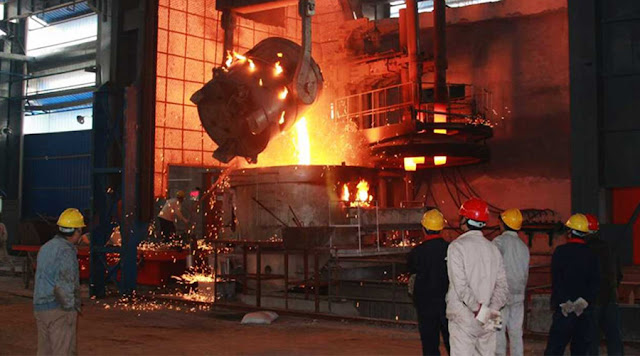Submerged Arc Furnace VS Electric Arc Furnace
The metallurgical industry relies heavily on various types of furnaces to achieve efficient and cost-effective metal production. The two commonly used furnaces in this industry are submersible furnaces vs. electric arc furnaces. Both stoves have their own unique features and benefits, making them suitable for different applications. In this article, Xi'an Hani will compare and contrast these two popular stove types.
Submerged Arc Furnace VS Electric Arc Furnace
1. Basic principles:
The working principle of the submerged arc furnaces is to immerse the electrodes and charge into the flux layer. The heat generated by the arc melts the charge, and the molten metal settles to the bottom of the furnace due to its high density.
Electric arc furnaces, on the other hand, use electrical energy to create an arc between an electrode and the charge. The high temperature of the arc melts the charge and produces molten metal.
2. Energy efficiency:
In terms of energy efficiency, electric arc furnace have advantages over submersible arc furnace. EAF directly uses electrical energy, which is more efficient than SAF which uses electrical energy to generate heat indirectly through submerged arc. This difference makes EAF the first choice for applications where energy consumption is a serious concern.
3. Flexibility:
Electric arc furnace offer greater flexibility than submersible arc furnace. EAF can process a variety of charge materials, including scrap metal, pig iron and direct reduced iron, making them suitable for recycling and alloying. On the other hand, SAF are mainly used to produce ferroalloys and metallic silicon. Submerged arc furnace has limited flexibility in terms of charge materials, limiting its application.
4. Environmental impact:
Both furnaces have their own environmental impacts. Submerged arc furnaces emit less dust and smoke due to the presence of a flux layer that acts as a protective barrier.
This makes SAF more environmentally friendly than EAF. However, compared with EAF, SAF consumes more electrode paste, resulting in increased carbon emissions. Electric arc furnaces, on the other hand, produce more dust and smoke, but their emissions can be controlled with advanced filtration systems.
5. Operating costs:
Operating costs play a crucial role in determining the economic viability of a furnace.
Submersible arc furnace generally have lower operating costs due to the lower energy consumption per ton of metal produced. Additionally, SAF requires less maintenance and has longer electrode life than EAF. However, the cost of SAF electrode paste can be a significant expense. Although electric arc furnaces use more energy, they benefit from lower scrap metal costs and higher productivity.
To sum up, submerged arc furnace VS electric arc furnace have their own advantages and disadvantages. The choice between the two depends on several factors, including specific applications, energy efficiency requirements, charging materials, environmental considerations and operating costs.
Understanding the differences between these furnaces can help metallurgical industry professionals make informed decisions to optimize their production processes and achieve desired results.
E-mail: saleswn@hanrm.com / inquiry66@hanmetallurgy.com (Daisy Zhai)
Tel / Whatsapp / Wechat: 0086 17791213533
Xi'an Hani Tech Co., Ltd.



Comments
Post a Comment